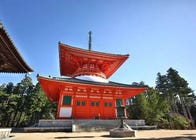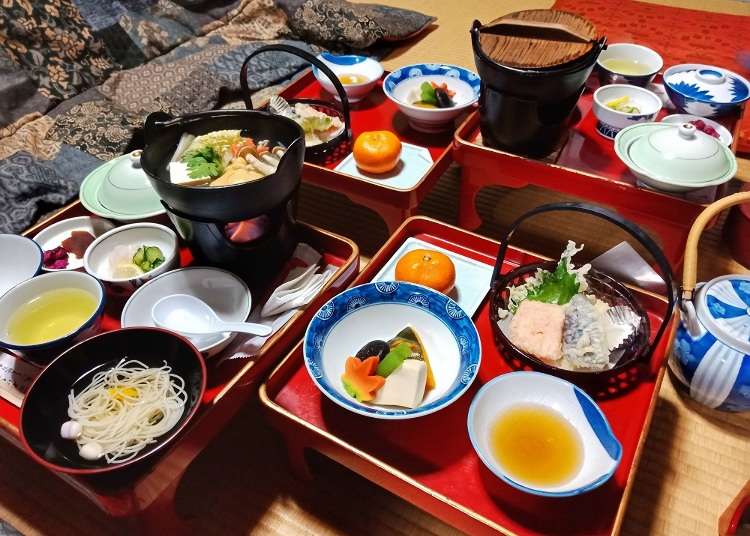
Shojin ryori is a form of traditional Japanese cuisine that originated to comply with Buddhist precepts, advocating non-violence and avoidance of secular disturbances. The cuisine is entirely plant-based, with no animal meat or by-products and limited use of pungent vegetables such as garlic.
Shojin ryori preparation methods from Koyasan, as Mount Kōya is also known, follow those passed down by Kōbō-Daishi, the founder of the Esoteric Shingon school of Buddhism. This unique culinary style emphasizes the use of "five tastes" (sweet, sour, spicy, bitter, savory), "five colors" (white, yellow, red, blue, black), and "five methods" (raw, cooked, roasted, fried, steamed) in the preparation of dishes. The presentation and seasoning of the food are also crucial, ensuring that the meal is a satisfying and enjoyable experience for everyone.
If you're looking to experience this extraordinary cuisine, we have compiled a list of fantastic places to visit on or near Mount Kōya.
1. Chuoshokudo Sanbo: The taste of tradition
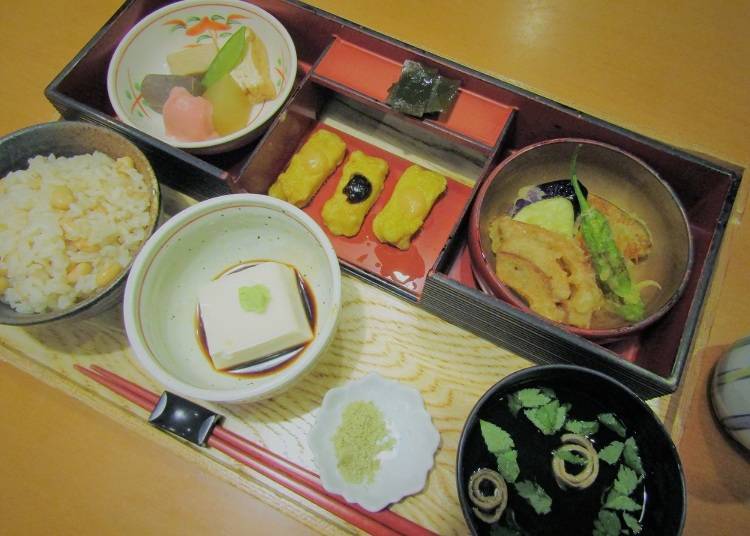
Chuoshokudo Sanbo is a restaurant that adheres to Kōbō-Daishi's teachings about living life to the fullest while also cherishing the lives of others. They are involved in the furumai ryōri being served in Kongobu Shrine as well.
Furumai ryōri refers to the reception food served after a Buddhist ceremony or event, and the reception is meant to show the participants' gratitude for everything that they have received. You can enjoy the Buddhist cuisine that was birthed from the passing down of that tradition right in this restaurant.
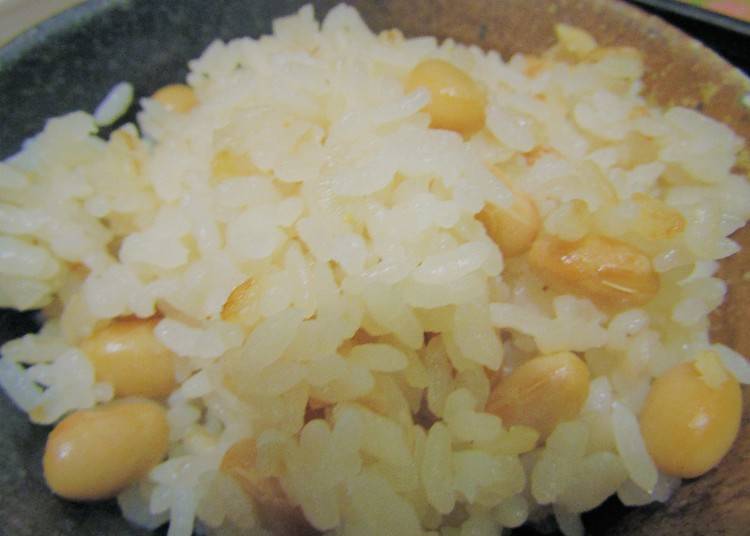
The soup stock used in this meal was made over a period of 12 to 14 hours using kombu, soybeans, shiitake mushrooms, and dried gourd shavings. Any ingredients left after the making of the soup stock are fully utilized in the other cooked dishes as well, ensuring that nothing goes to waste.
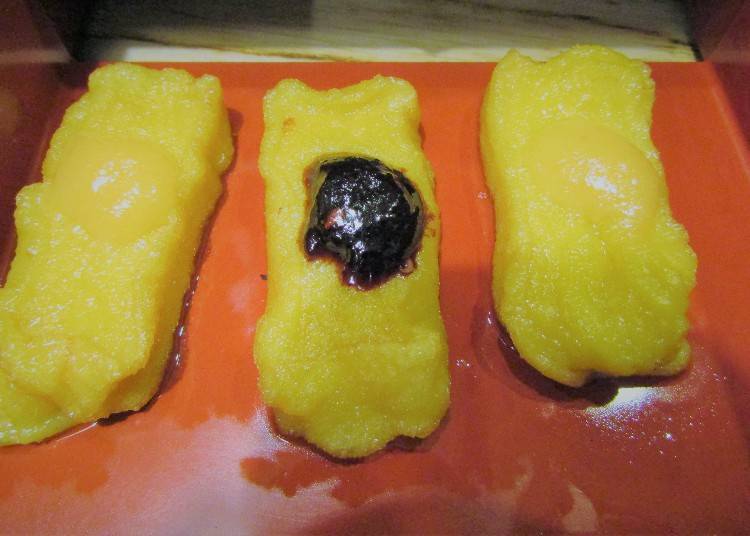
A key ingredient in Mount Kōya's Buddhist cuisine is awabu, a type of wheat gluten mixed with chestnuts. Chefs often use this versatile ingredient in various colors and shapes to enhance the presentation of their dishes, whether cooked or fried.
One delectable dish that features awabu is the "Awabu Dengaku," which consists of springy awabu that's been fried in rice oil and served with a flavorful miso blend. While you may be tempted to request more of this delicious dish, it's worth noting that Buddhist cuisine emphasizes the practice of consuming only enough food to sustain oneself until the next day. So, savor the portion served to you and allow it to satisfy your taste buds.
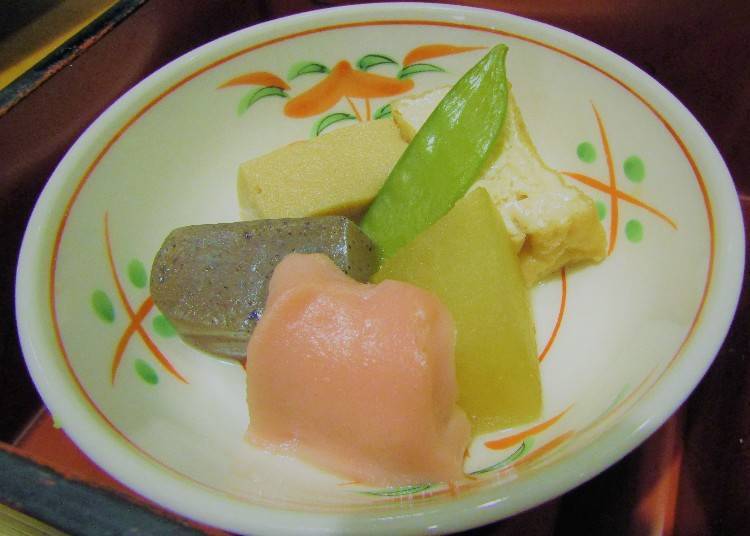
This particular dish incorporates natural ingredients with a harmonious blend of five colors, providing excellent nutritional balance. Chuoshokudo Sanbo is renowned for its Buddhist cuisine, featuring a flavorful soup base prepared by simmering seaweed or vegetables for an extended period. This rich and delicious soup has satisfied many diners and is sure to satiate your hunger as well.
-
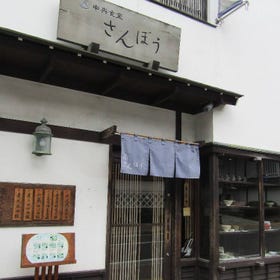 Chuoshokudo Sanbo中央食堂さんぼう
Chuoshokudo Sanbo中央食堂さんぼう- Address 722 Koyasan, Koya-cho, Ito-gun,Wakayama 648-0211
-
Nearest Station
1-minute walk after disembarking at Senjuinbashi 15 via the Nankai Rinkan Bus (in front of Ichijoin)
- Phone Number 0736-56-2345
・Hours: 11:00 a.m. – 4:00 p.m. *Or while stocks last
・Closed: Not fixed
・Others: English menu available
2. Miyama: Meeting individual dietary needs
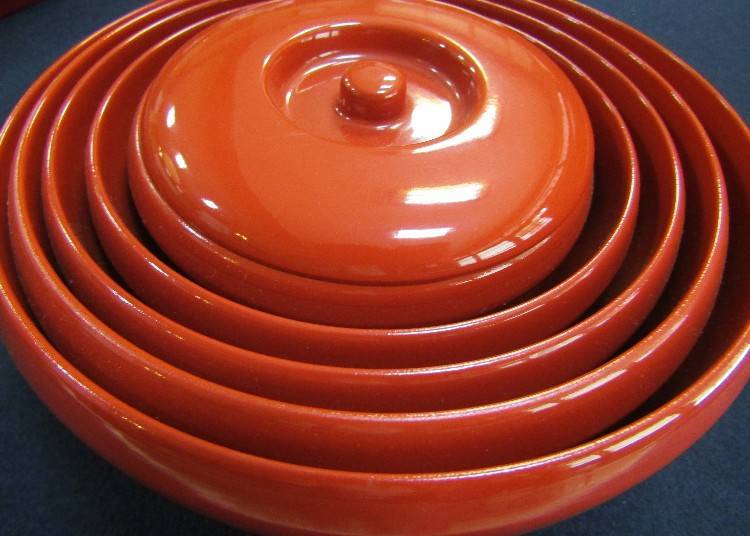
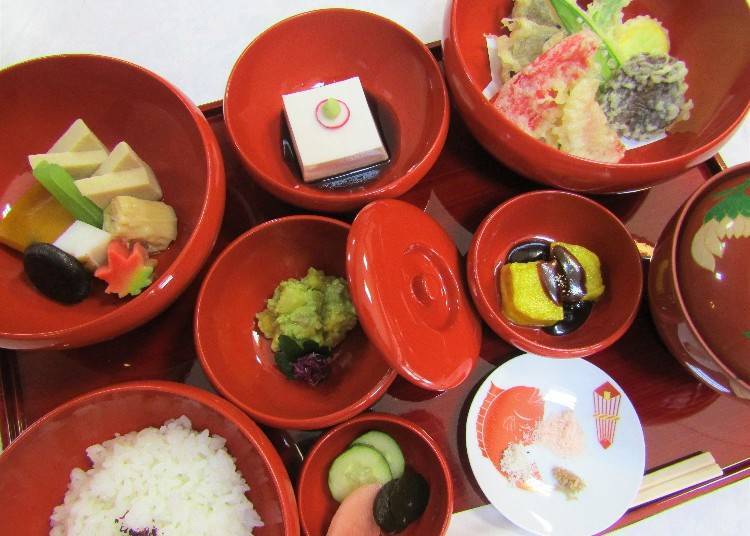
At Miyama, Buddhist cuisine is prepared with seasonal vegetables and served in vessels called ōryōki, which are designed to hold precisely the right amount of food for an individual. These lightweight and easy-to-use vessels are traditionally used by Zen Buddhist monks as personal utensils.
Ōryōki vessels are typically painted black, but vermillion versions are reserved for ceremonial purposes. While ceremonial food served in ōryōki must adhere to strict preparation methods, food prepared for restaurants or home use can be cooked in any preferred style, as the vessels' functionality remains unchanged.
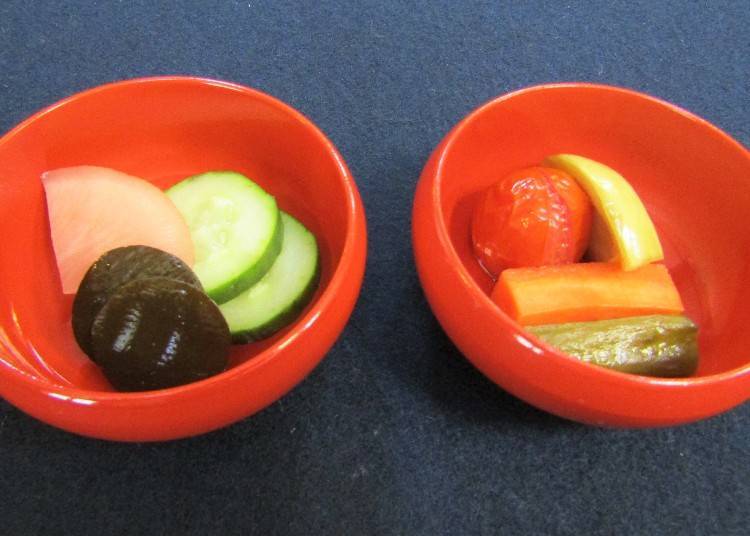
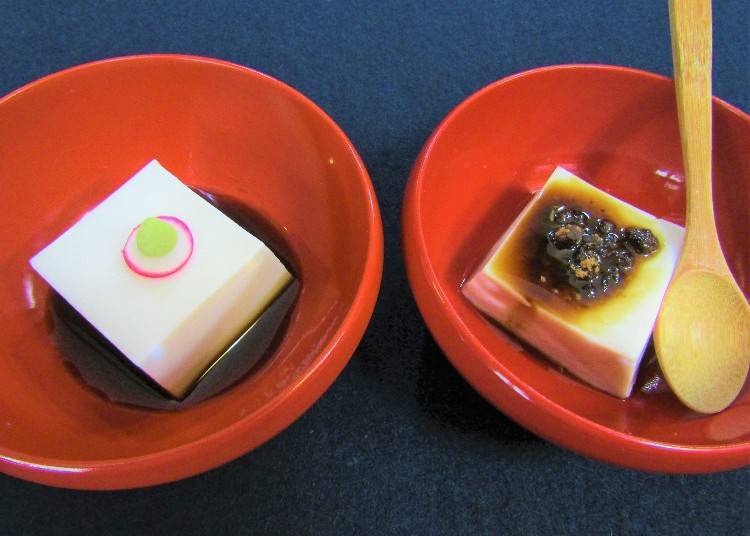
The restaurant encourages customers to minimize food waste by offering plain pickles or sweet sesame tofu instead of Japanese-style nukazuke pickles or wasabi tofu. This is especially helpful for international visitors who may not be accustomed to Japanese flavors. However, this service is subject to availability, and if you ask nicely when placing your order, the staff may be able to accommodate your request.
If cooked rice is not to your liking, you may request rice flour bread instead. To do so, you must make a reservation at least two days in advance of your visit.
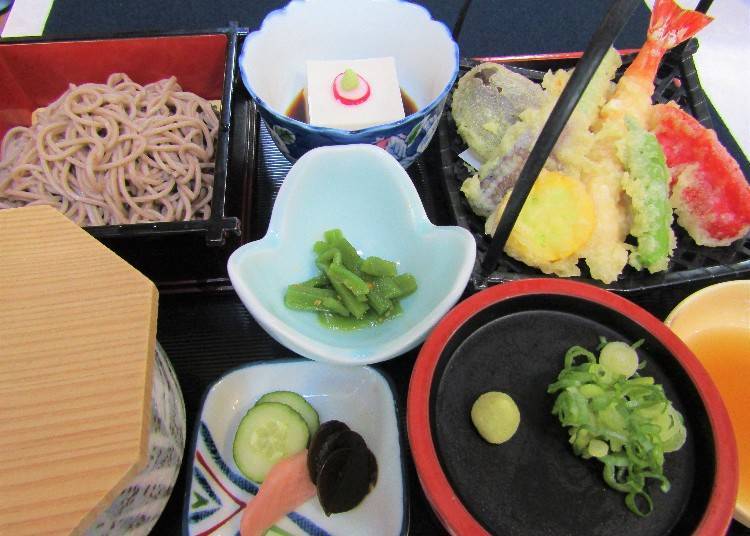
If you're concerned that the portions in the Buddhist cuisine may not be filling enough for you, there's no need to worry. You can supplement your meal with a "Tempura Soba Set Meal," which includes crispy and satisfying shrimp tempura. The soba can be served either warm or cold, depending on your preference that day, such as the weather or your current health condition.
-
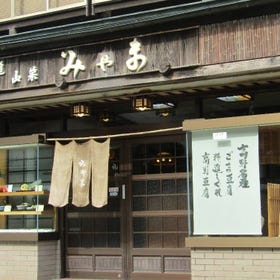 Miyamaみ山
Miyamaみ山- Address 529 Koyasan, Koya-cho, Ito-gun,Wakayama 648-0211
-
Nearest Station
1-minute walk from Tamagawa-Dori 13 Bus Stop via Nankai Rinkai Bus from Koyasan-ekimae
(Walk towards the direction of bus travel and turn back slightly at the connecting path on the right); Immediately from Tamagawa-Dori 12 Bus Stop via Nankai Rinkai Bus from Okunoinmae (walk towards the opposite direction of bus travel); 1-minute walk from Tamagawa-Dori 12 Bus Stop (head left from the three-way intersection and it's on your right-hand side)
・Phone: 0736-56-2917 (Only in Japanese) *To make a reservation using other languages, visit the store in person. Reservations for the day itself are also accepted
・Hours: 11:00 a.m. – 3:30 p.m.
・Closed: Not fixed
・Others: English menu available
3. Shojin Dining Kirihoju: Enhancing tradition with modern elements
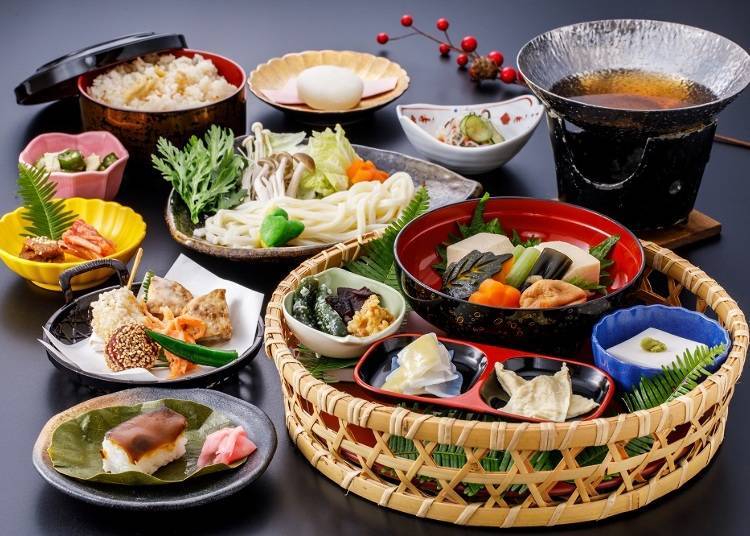
The "Shojin Hanazukushi" meal is a beloved item on the menu, which is served in a flower basket, and includes both classic Shojin ryori dishes and innovative twists like shiitake mushrooms shaped like mackerel, sushi wrapped in persimmon leaves, and Kōya vegetarian meatloaf.
As for dessert, you'll be treated to "Kōya Mu," an original rice flour confection that's made with a carefully kneaded dough consisting of fresh cream from plant sources and Kōya tofu powder. The pure, round, white daifuku (sticky rice dumpling) will calm your spirit with every bite.
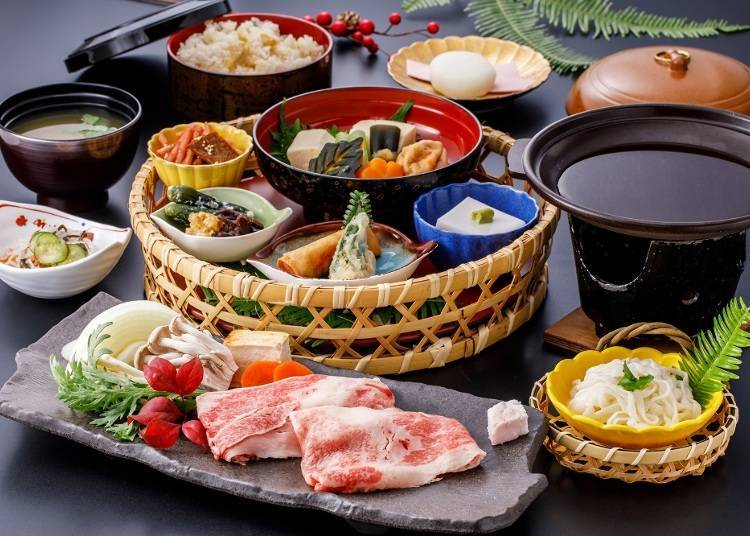
If you're seeking something more elaborate than Buddhist cuisine, consider the "Kumano Beef Sukiyaki Set Meal," available only during the spring, autumn, and winter seasons. It's an excellent opportunity to savor both Buddhist cuisine and sukiyaki hotpot with Kumano beef, a prized product of Wakayama Prefecture. The set meal includes "Kōya Mu" for dessert.
To enjoy either of these meals, a reservation is required at least two days in advance. If you make a reservation on the day of your visit, some ingredients may be substituted. International visitors who reserve more than two days in advance will receive an English card providing detailed information about the cuisine, making the experience even more special.
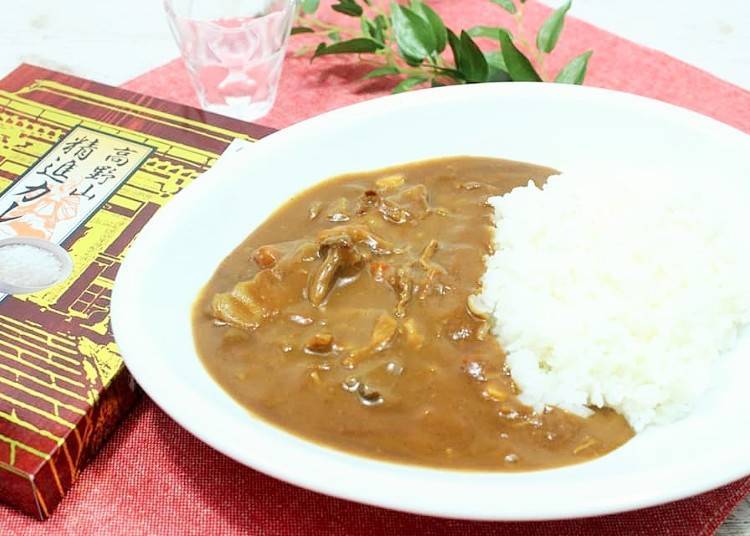
This Western-style Buddhist curry produced by Kōya Sightseeing Association is medium-spicy and gluten-free. The a la carte menu of the restaurant is packed with interesting food like this, so even if you come without a reservation, you'll still be able to try out all kinds of cuisine. The shop can seat 400 and welcomes large groups as long as a reservation is made in advance.
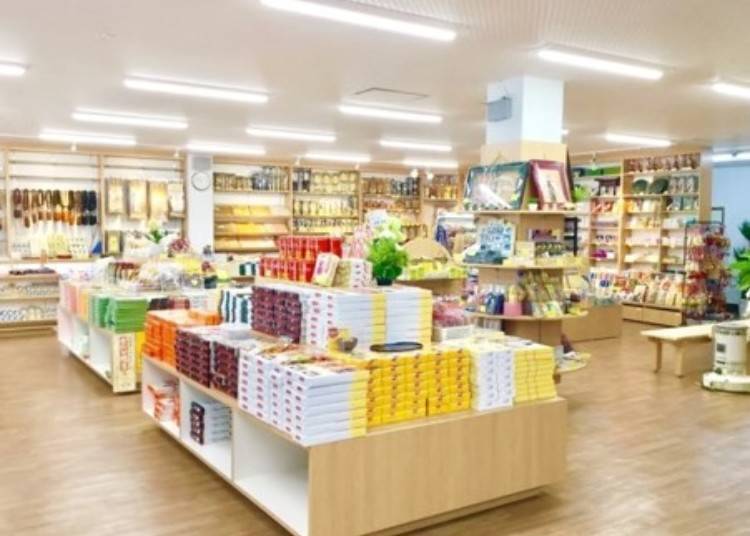
On the first floor of the building is Koya Souvenir TEMPU, a shop where you can buy a selection of ingredients being used in the restaurant's cuisine as souvenirs.
-
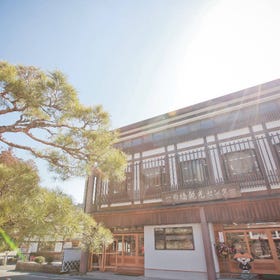 SHOJIN Dining KIRIHOJU Produced by ICHINOHASHI KANKO CENTERSHOJIN Dining 桐宝珠 Produced by 一の橋観光センター
SHOJIN Dining KIRIHOJU Produced by ICHINOHASHI KANKO CENTERSHOJIN Dining 桐宝珠 Produced by 一の橋観光センター- Address 2・3F ICHINOHASHI KANKO CENTER 737 Koyasan, Koya-cho, Ito-gun,Wakayama 648-0211
Phone: 0736-56-2631 *English enquiries should be emailed to web@ichinohashi.co.jp instead
Hours: 10:00 a.m. – 4:00 p.m. *The restaurant will be undergoing renovation from the 9th of December, 2019 to the 29th of December, 2020 and will be operating from a Tamagawa branch (53 Koya-san, Koya-cho, Ito-gun, Wakayama) which is about a 3-minute walk from the main branch during this time
Closed: Not fixed
Others: English menu available
Transport: 1-minute walk from Okunoinguchi 11 Bus Stop via Nankai Rinkai Bus from Koyasan-ekimae (walk in the opposite direction from bus travel); 3-minute walk from Ichinohashiguchi 10 Bus Stop (walk in the opposite direction from bus travel), turn right at the meeting point, on the right-hand side
While some may believe that Buddhist cuisine tastes the same regardless of where it's served, there is actually a wide range of flavors depending on the establishment. Many assume that Shojin ryori from Mount Kōya can only be enjoyed at a temple or hotel in the area, but as we have shown through our recommended shops, it is also available at regular restaurants.
Sampling our suggestions, as well as any other establishments that pique your interest, is a great way to fully immerse yourself in the Shojin ryori experience!
English translation by: Huimin Pan
*This article is originally from February 2020; prices and contents may have changed. Refer to official websites for the most recent information.
-
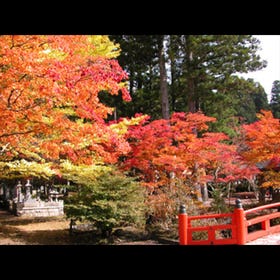
-
Address
600, Kouyasan, Kouya-cho, Wakayama, 647-0006
View Map -
Nearest Station
Koyasan Station (Nankai Koyasan Cable)
- Phone Number 0736-56-2616
-
Address
600, Kouyasan, Kouya-cho, Wakayama, 647-0006
Written by:

- Area
- Category
*Prices and options mentioned are subject to change.
*Unless stated otherwise, all prices include tax.
Limited time offer: 10% discount coupons available now!
Recommended places for you
-

Kitcho Nambadainingumezonten
Japanese cuisine
Namba, Dotonbori, Shinsaibashi
-

Asaitougei
Japanese cuisine
Namba, Dotonbori, Shinsaibashi
-

Yamatoan Honten
Japanese cuisine
Nara, Ikoma, Tenri
-

Kawakyu Umedaten
Japanese cuisine
Umeda, Osaka Station, Kitashinchi
-

Tagoto
Japanese cuisine
Gion, Kawaramachi, Kiyomizu-dera Temple
-

Miyazaki Ozakigyu Washoku Teppanyaki Gin Umeda Hiruton Puraza Uesuto
Japanese cuisine
Umeda, Osaka Station, Kitashinchi
-
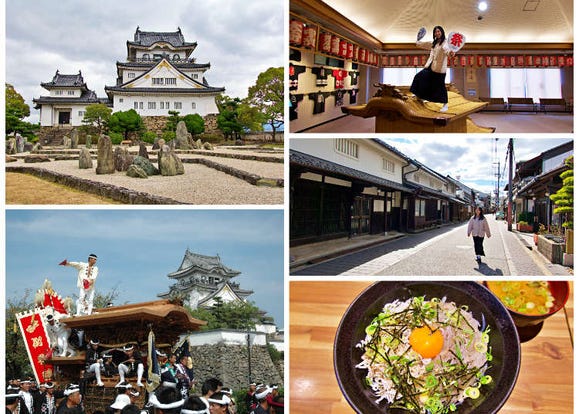
Sightseeing Guide to Kishiwada (Osaka): Danjiri Festival, Kishiwada Castle, and Other Fun Things to Do
-
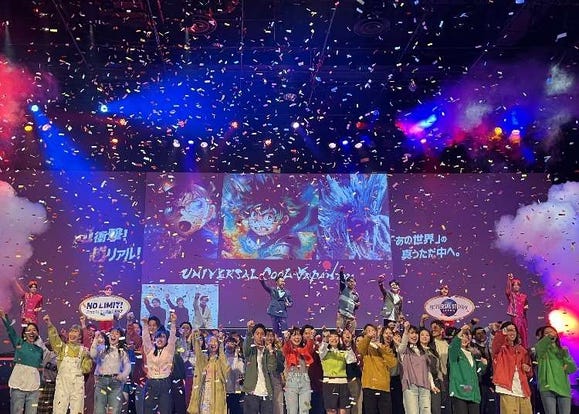
Make the Most of 'Universal Cool Japan' (2024 Guide) - Detective Conan, Monster Hunter & More
-
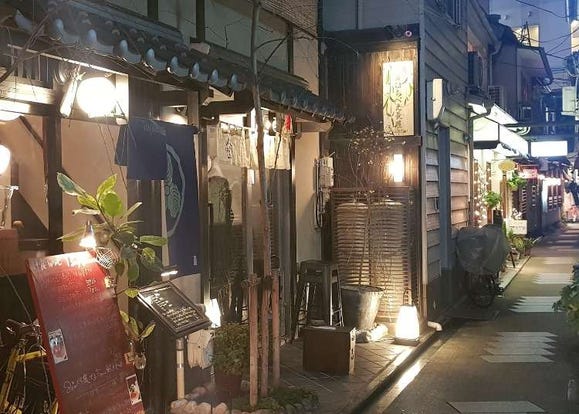
13 Unique & Fun Kyoto Food Tours to Enjoy in 2024
-
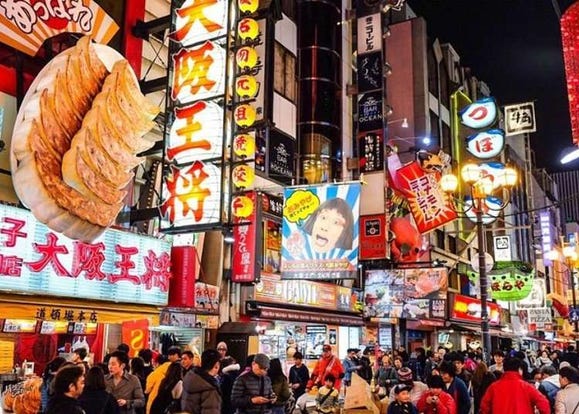
14 Unique & Fun Osaka Food Tours to Enjoy in 2024
-
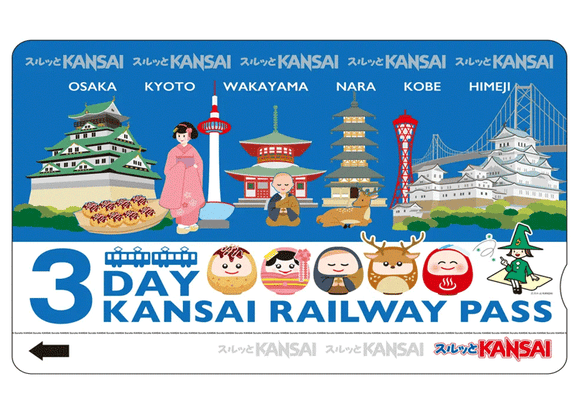
Everything You Need to Know About the Kansai Railway Pass
-
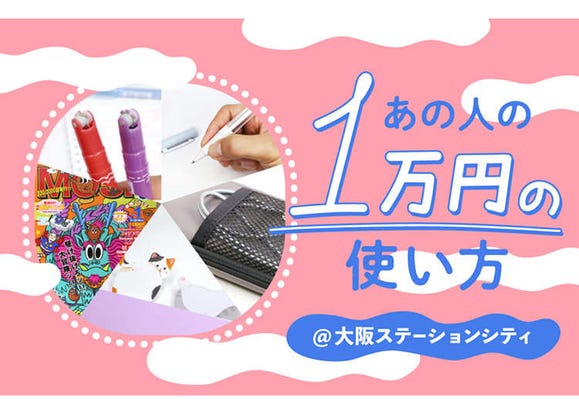
What Items Does a Japanese Stationery Lover Want Most? We Find Out with Taku Kidate!
-
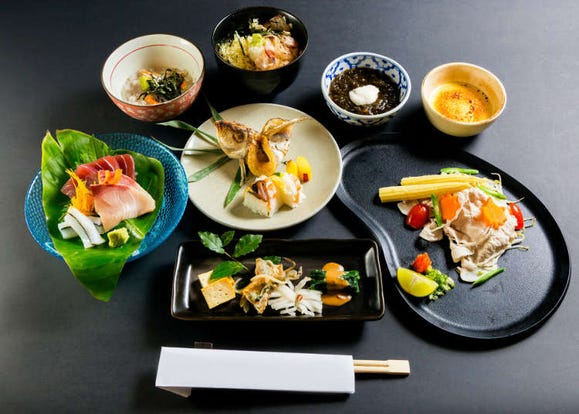
Manners & More: What Exactly Is Japan's 'Kaiseki Cuisine' - And How To Order?
-
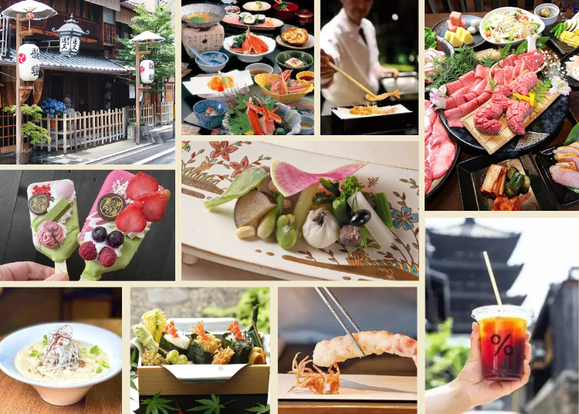
40 Must-Try Foods in Kyoto's Gion District: Indulge in Kaiseki Cuisine, Wagyu Beef BBQ, and Non-Stop Matcha Desserts
-

Visit These 2 Restaurants in Kyoto To Enjoy Gorgeous Autumn Colors While Dining
-
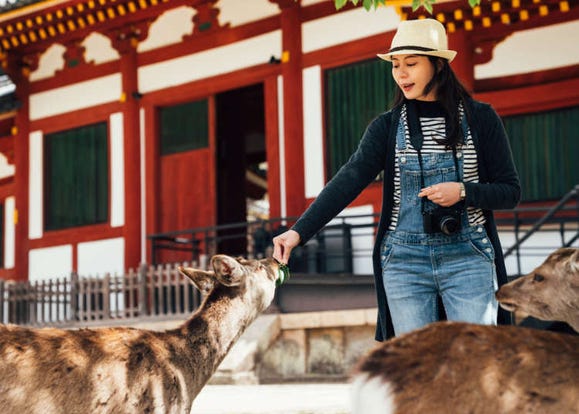
5 Must-Visit Nara Temples and Shrines: Discover the Timeless Beauty of Japan's Ancient Capital
-
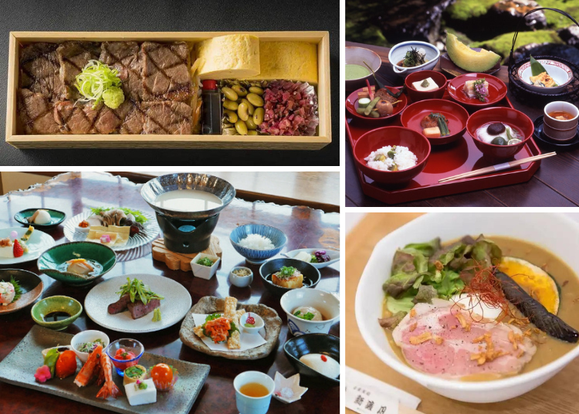
18 Must-Try Restaurants in Arashiyama: Savor Everything from Classic Cuisine to Trendy Cafés with Scenic Backdrops
-
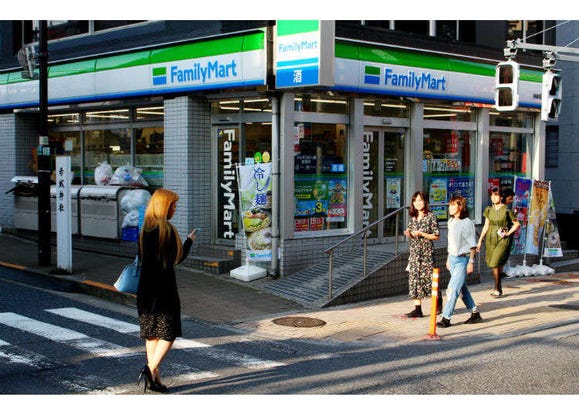
10 Important Japanese Phrases to Know Before You Enter a Japanese Convenience Store!
- #best gourmet Osaka
- #things to do Osaka
- #what to do in kyoto
- #what to bring to japan
- #best gourmet Kyoto
- #new years in Osaka
- #what to buy in nanba
- #Visiting Osaka
- #onsen tattoo friendly arima
- #daiso
- #Visiting Kyoto
- #best japanese soft drinks
- #japanese fashion culture
- #japanese convenience store snacks
- #japanese nail trends















